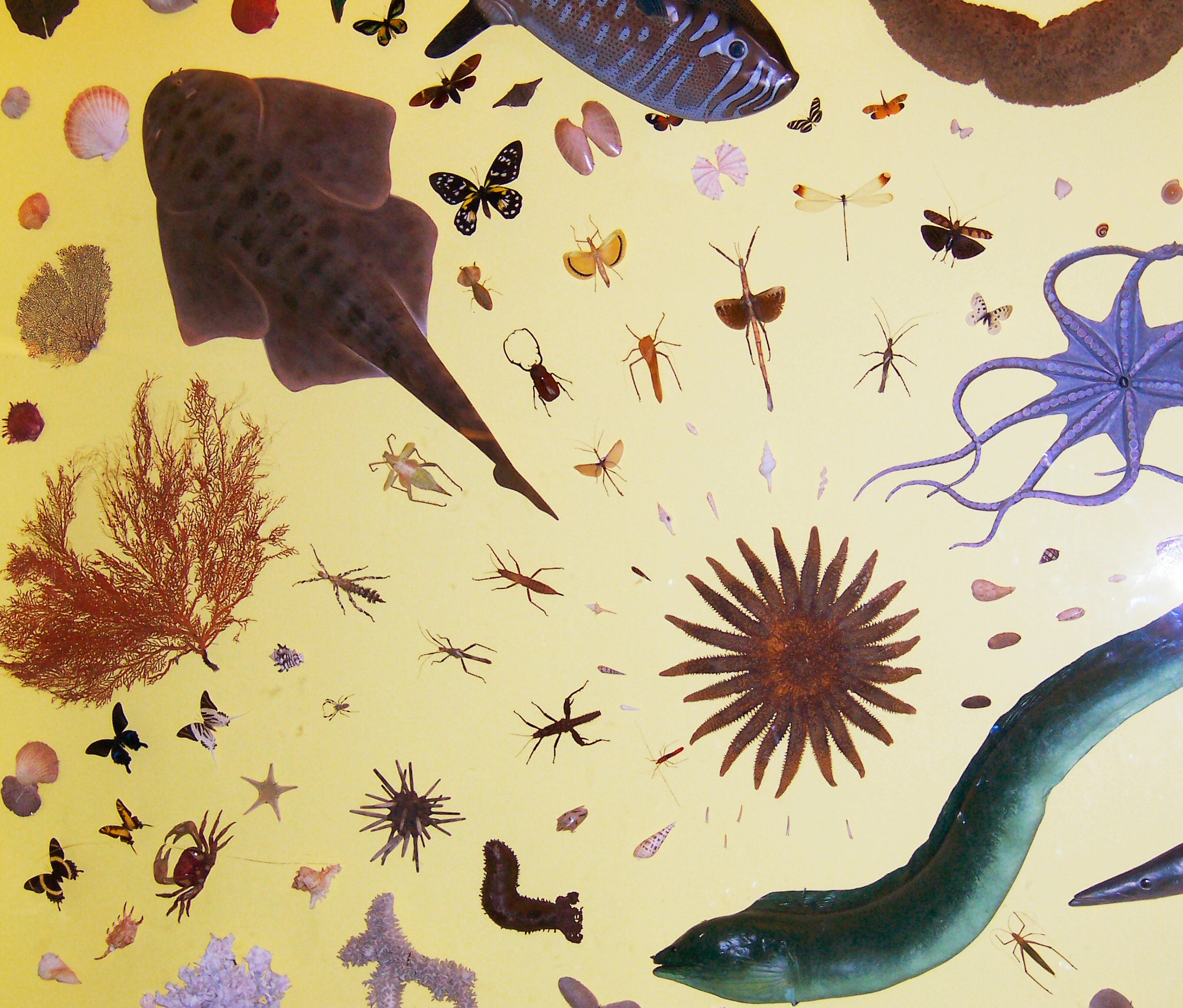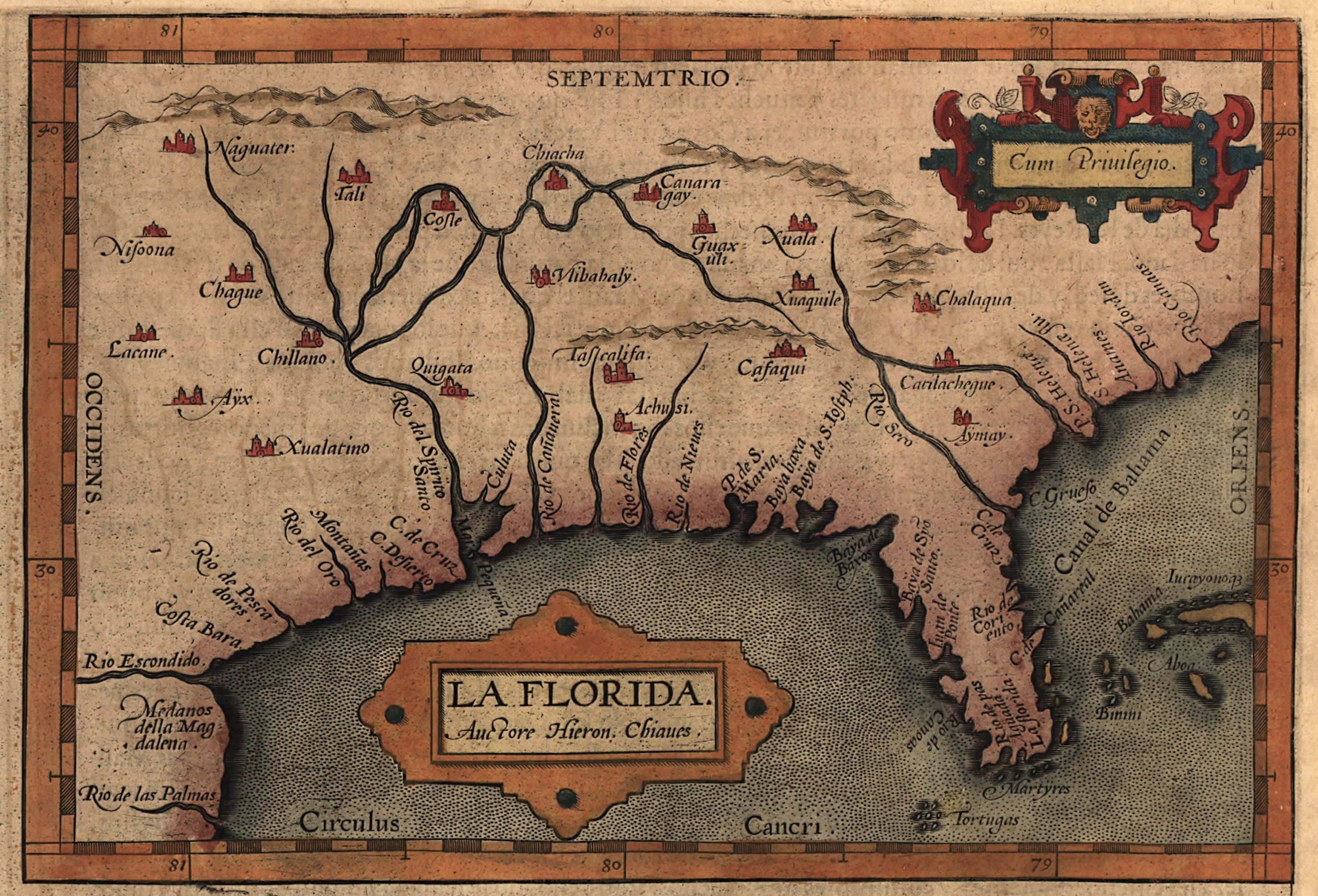|
Mellita
Keyhole sand dollar refers to three species of sand dollars in the genus ''Mellita''. They are found on the Atlantic coasts of the Americas, ranging from Caribbean Islands, such as Jamaica and Puerto Rico, to the southern areas of the United States at the north to the southern coasts of Brazil at the south. Their range includes Bermuda and the Pacific coasts of equatorial countries, such as Mexico and Costa Rica. The velvet-like skin of live keyhole sand dollars is usually tan, brown, grey or dark green in colour. Like all sand dollars, they are found in shallow seawater below tide lines, where they burrow into the seabed to obtain food. The creatures feed on fine particles of plankton and other organic matter they filter from the water. Keyhole sand dollars are so named because of the distinctive keyhole-shaped perforation toward the rear of the endoskeleton. This body shape offers an example of secondary front-to-back bilateral symmetry in an organism whose adult anatomy is pri ... [...More Info...] [...Related Items...] OR: [Wikipedia] [Google] [Baidu] |
Mellita Quinquiesperforata
''Mellita quinquiesperforata'' (Leske, 1778) is a tropical species of sand dollar, a flat, round marine animal related to sea urchins, starfish, and other echinoderms. They can be found along the eastern coast of the United States and the coast of Brazil Brazil ( pt, Brasil; ), officially the Federative Republic of Brazil (Portuguese: ), is the largest country in both South America and Latin America. At and with over 217 million people, Brazil is the world's fifth-largest country by area .... References Clypeasteroida Animals described in 1778 {{echinoidea-stub ... [...More Info...] [...Related Items...] OR: [Wikipedia] [Google] [Baidu] |
Sand Dollar
Sand dollars (also known as a sea cookie or snapper biscuit in New Zealand, or pansy shell in South Africa) are species of flat, burrowing sea urchins belonging to the order Clypeasteroida. Some species within the order, not quite as flat, are known as '' sea biscuits''. Sand dollars can also be called "sand cakes" or "cake urchins". Anatomy Sand dollars are small in size, averaging from three to four inches. As with all members of the order Clypeasteroida, they possess a rigid skeleton called a test. The test consists of calcium carbonate plates arranged in a fivefold symmetric pattern. The test of certain species of sand dollar have slits called lunules that can help the animal stay embedded in the sand to stop it from being swept away by an ocean wave. In living individuals, the test is covered by a skin of velvet-textured spines which are covered with very small hairs (cilia). Coordinated movements of the spines enable sand dollars to move across the seabed. The velvety ... [...More Info...] [...Related Items...] OR: [Wikipedia] [Google] [Baidu] |
Sand Dollar
Sand dollars (also known as a sea cookie or snapper biscuit in New Zealand, or pansy shell in South Africa) are species of flat, burrowing sea urchins belonging to the order Clypeasteroida. Some species within the order, not quite as flat, are known as '' sea biscuits''. Sand dollars can also be called "sand cakes" or "cake urchins". Anatomy Sand dollars are small in size, averaging from three to four inches. As with all members of the order Clypeasteroida, they possess a rigid skeleton called a test. The test consists of calcium carbonate plates arranged in a fivefold symmetric pattern. The test of certain species of sand dollar have slits called lunules that can help the animal stay embedded in the sand to stop it from being swept away by an ocean wave. In living individuals, the test is covered by a skin of velvet-textured spines which are covered with very small hairs (cilia). Coordinated movements of the spines enable sand dollars to move across the seabed. The velvety ... [...More Info...] [...Related Items...] OR: [Wikipedia] [Google] [Baidu] |
Bilateral Symmetry
Symmetry in biology refers to the symmetry observed in organisms, including plants, animals, fungi, and bacteria. External symmetry can be easily seen by just looking at an organism. For example, take the face of a human being which has a plane of symmetry down its centre, or a pine cone with a clear symmetrical spiral pattern. Internal features can also show symmetry, for example the tubes in the human body (responsible for transporting gases, nutrients, and waste products) which are cylindrical and have several planes of symmetry. Biological symmetry can be thought of as a balanced distribution of duplicate body parts or shapes within the body of an organism. Importantly, unlike in mathematics, symmetry in biology is always approximate. For example, plant leaves – while considered symmetrical – rarely match up exactly when folded in half. Symmetry is one class of patterns in nature whereby there is near-repetition of the pattern element, either by reflection or rotation ... [...More Info...] [...Related Items...] OR: [Wikipedia] [Google] [Baidu] |
South America
South America is a continent entirely in the Western Hemisphere and mostly in the Southern Hemisphere, with a relatively small portion in the Northern Hemisphere at the northern tip of the continent. It can also be described as the southern subregion of a single continent called America. South America is bordered on the west by the Pacific Ocean and on the north and east by the Atlantic Ocean; North America and the Caribbean Sea lie to the northwest. The continent generally includes twelve sovereign states: Argentina, Bolivia, Brazil, Chile, Colombia, Ecuador, Guyana, Paraguay, Peru, Suriname, Uruguay, and Venezuela; two dependent territories: the Falkland Islands and South Georgia and the South Sandwich Islands; and one internal territory: French Guiana. In addition, the ABC islands of the Kingdom of the Netherlands, Ascension Island (dependency of Saint Helena, Ascension and Tristan da Cunha, a British Overseas Territory), Bouvet Island ( dependency of Norway), Pa ... [...More Info...] [...Related Items...] OR: [Wikipedia] [Google] [Baidu] |
Mississippi Delta
The Mississippi Delta, also known as the Yazoo–Mississippi Delta, or simply the Delta, is the distinctive northwest section of the U.S. state of Mississippi (and portions of Arkansas and Louisiana) that lies between the Mississippi and Yazoo Rivers. The region has been called "The Most Southern Place on Earth" ("Southern" in the sense of "characteristic of its region, the American South"), because of its unique racial, cultural, and economic history. It is long and across at its widest point, encompassing about , or, almost 7,000 square miles of alluvial floodplain. Originally covered in hardwood forest across the bottomlands, it was developed as one of the richest cotton-growing areas in the nation before the American Civil War (1861–1865). The region attracted many speculators who developed land along the riverfronts for cotton plantations; they became wealthy planters dependent on the labor of enslaved African Americans, who composed the vast majority of the populatio ... [...More Info...] [...Related Items...] OR: [Wikipedia] [Google] [Baidu] |
Florida
Florida is a state located in the Southeastern region of the United States. Florida is bordered to the west by the Gulf of Mexico, to the northwest by Alabama, to the north by Georgia, to the east by the Bahamas and Atlantic Ocean, and to the south by the Straits of Florida and Cuba; it is the only state that borders both the Gulf of Mexico and the Atlantic Ocean. Spanning , Florida ranks 22nd in area among the 50 states, and with a population of over 21 million, it is the third-most populous. The state capital is Tallahassee, and the most populous city is Jacksonville. The Miami metropolitan area, with a population of almost 6.2 million, is the most populous urban area in Florida and the ninth-most populous in the United States; other urban conurbations with over one million people are Tampa Bay, Orlando, and Jacksonville. Various Native American groups have inhabited Florida for at least 14,000 years. In 1513, Spanish explorer Juan Ponce de León became the first k ... [...More Info...] [...Related Items...] OR: [Wikipedia] [Google] [Baidu] |



